Allison Schrager: The American middle class is shrinking, and that's OK
Published in Op Eds
The good news is that Americans have never been richer. The bad news is that most of them don’t feel like it.
There has been tremendous growth in income and wealth in the U.S. in the last half century, even for poorer and middle-class households. But because of the nature of that growth, as well as the changing structure of the national economy, a lot of the people who have benefited also believe that the economy isn’t working for them.
It is true the middle class is shrinking. In the 1960s the income distribution of U.S. households looked like a bell curve with a very thick middle. Today there are fewer Americans in the middle — largely because many have joined the ranks of the upper-middle class. In 1967, a little more than 5% of Americans earned or received more than $150,000 (in 2024 dollars). Now more than 30% do. And it’s not just the middle class that moved up: In 1967, more than 38% earned or received less than $50,000. Now that figure is 21%.
Income inequality also increased. The very rich — the top 5% and especially the top 1% — got much richer than everyone else, even the top 20%. The income distribution curve has flattened as more people have moved into the upper part, with the upper tail moving even further from everyone else.
The result? More Americans than ever are affluent — and more have the sense that something is wrong with the economy.
Americans earned more for several reasons. The first is that neoliberal economic policies worked as intended. In the last 50 years, there have been big increases in productivity, solid GDP growth and, since the 1980s, low and predictable inflation. All this helped make most Americans richer.
There has also been a decline in unionization, which helped to compress wages between the upper tail of the oncome distribution and the middle. More Americans now go to college, where they incur debt but also increase their lifetime earnings, especially as technology favors people with degrees. America is also older, and people tend to earn more later in their careers. On the lower end, income grew in part because the figure includes welfare benefits and tax credits.
There are legitimate reasons that many households feel poorer, even if their income is greater. It is a struggle to keep up with the price increases of many critical services in regulated sectors such as health care, education and housing. There is also some justified anxiety that the earnings growth and prosperity won’t continue. The last 60 years was the Era of the Baby Boomers, when income gains were large for anyone who went to college. The college premium still exists, but it has stopped growing and it comes at a higher cost.
And while technology and trade have made everyone richer, they have made a far smaller group of people much, much richer. It’s not just the handful of people who are rich beyond comprehension. There are hundreds of Americans who are worth more than a billion dollars. This is in part because technology changed and a few firms earned more — and paid more — than the rest. Working in certain industries also means much higher earnings. And a superstar economy rewards high performers much more than everyone else, whether that superstar is Taylor Swift or a talented manager in a fast-growing corporation.
To be clear, this system helps create economic growth that makes everyone better off. But in the very top tier of income, it can feel like a zero-sum competition between the merely affluent and the truly rich.
This poses a challenge not just for economic planners but for the very meaning of prosperity. Growth and rising incomes are usually the goal of economic policy, including neoliberal economic policy. But the last two decades show that rising incomes aren’t always enough engender good feelings about the economy.
This intra-top-quartile resentment may also help explain why more politicians want higher taxes on super-high earners but don’t ask the upper middle class to pay any more. The taxes are not just a way to pay for more middle-class welfare benefits. They are a form of economic retribution.
The catch is that there is a tradeoff between growth and equality. At least some of the growth at the top came from more productivity. Innovative companies, some founded or led by billionaires, help make the American economy (or at least Americans’ stock portfolios) richer. Yes, there is room to increase taxes on the rich, but punitive taxes can harm growth.
The idea that the economy is rigged and zero-sum is leading to a rise in populism in both parties. The result will probably be less trade and more price controls, which would mean a slower-growing economy — or even one that is shrinking. Then Americans will learn that the only thing worse than rising inequality is flat or declining income.
____
This column reflects the personal views of the author and does not necessarily reflect the opinion of the editorial board or Bloomberg LP and its owners.
Allison Schrager is a Bloomberg Opinion columnist covering economics. A senior fellow at the Manhattan Institute, she is author of “An Economist Walks Into a Brothel: And Other Unexpected Places to Understand Risk.”
©2025 Bloomberg L.P. Visit bloomberg.com/opinion. Distributed by Tribune Content Agency, LLC.
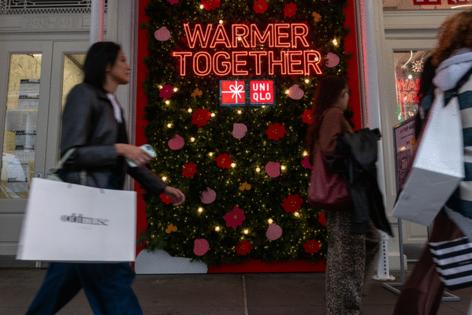


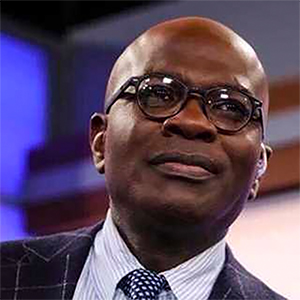



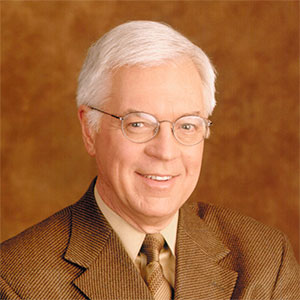
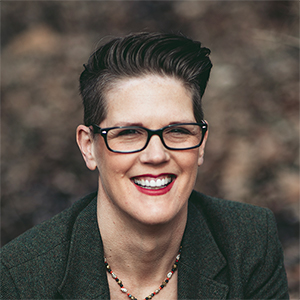







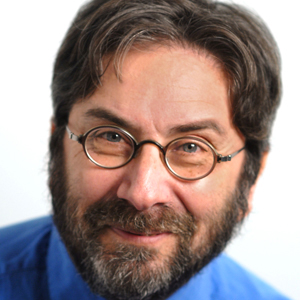
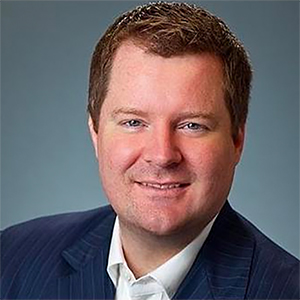
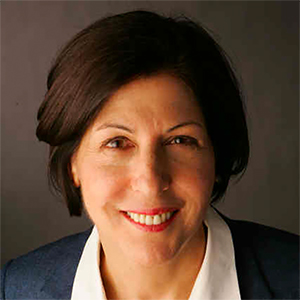


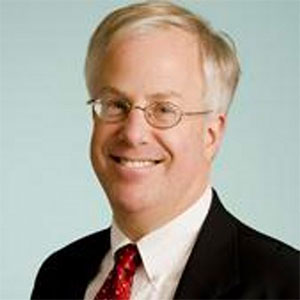

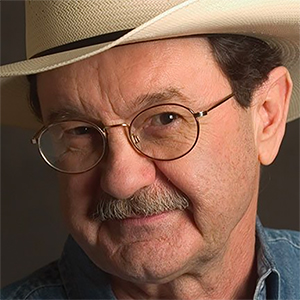


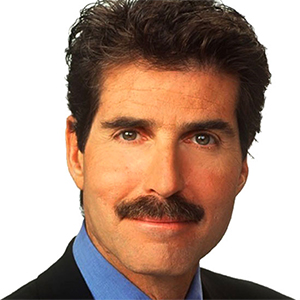






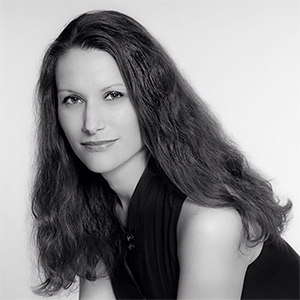
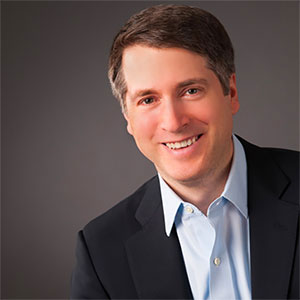








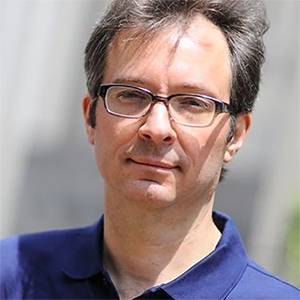











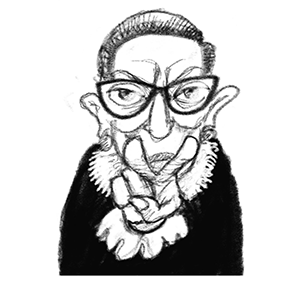
Comments